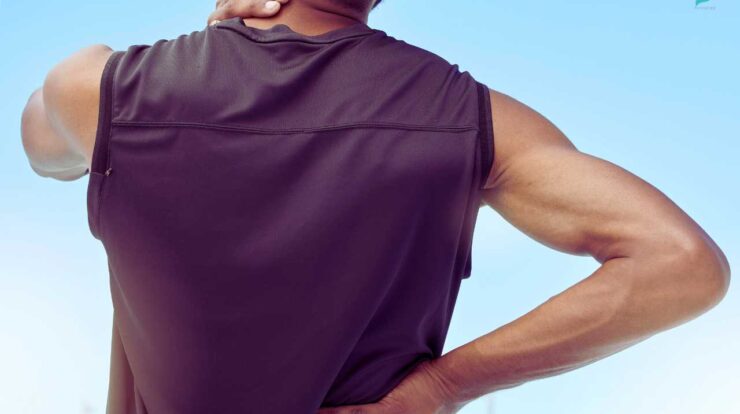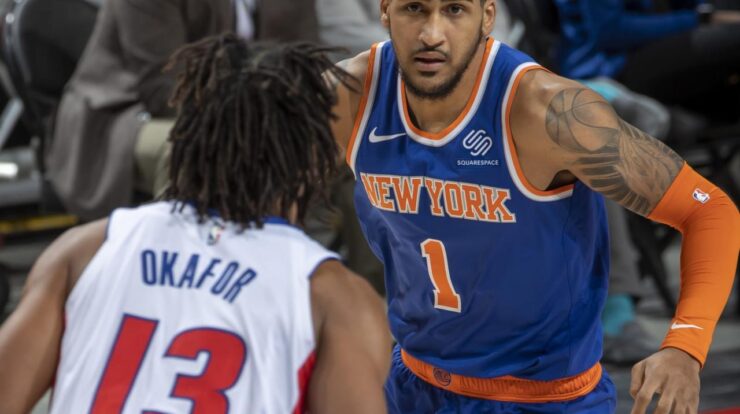
Prepare to embark on a captivating exploration of wrap definition, where we delve into its diverse meanings, historical roots, and practical applications. From clothing to packaging and food preservation, wraps play a pivotal role in our lives, serving both functional and aesthetic purposes.
Join us as we uncover the fascinating world of wraps, where etymology meets innovation.
As we unravel the concept of wraps, we’ll examine their cultural significance, exploring how they reflect societal values and traditions. We’ll delve into the design principles that govern visually appealing wraps, showcasing innovative and creative examples that push the boundaries of aesthetics.
And for those eager to master the art of wrapping, we’ll provide step-by-step techniques for wrapping objects, food, and clothing with precision.
Definition and Etymology
The term “wrap” holds various meanings, encompassing both noun and verb forms. As a noun, it refers to a material, such as paper, cloth, or plastic, used to enclose or cover an object. It can also denote a type of clothing, typically a warm, enveloping garment.
As a verb, “wrap” signifies the act of covering or enclosing something with a material. It implies the creation of a protective or decorative layer around an object.
Etymologically, “wrap” traces its origins to the Middle English word “wrappen,” which in turn stems from the Old English “wreppan.” These terms convey the notion of enveloping or covering.
Types of Wraps
Wraps come in diverse forms, each serving specific purposes and applications.
Clothing Wraps
- Scarves: Neck coverings made of fabric, often used for warmth or fashion.
- Shawls: Large, triangular pieces of fabric worn over the shoulders or head.
- Ponchos: Loose, sleeveless garments that cover the torso.
Packaging Wraps
- Plastic Wrap: Transparent, flexible plastic film used to cover food and other items.
- Paper Wrap: Paper-based material used to wrap gifts, food, or other products.
- Bubble Wrap: Cushioning material made of plastic bubbles, used to protect fragile items.
Food Wraps
- Tortilla Wraps: Thin, flatbreads used to wrap fillings such as meat, cheese, or vegetables.
- Spring Rolls: Cylindrical pastries made with rice paper or wheat flour, filled with vegetables, meat, or seafood.
- Dumplings: Small, doughy parcels filled with various ingredients, often steamed or boiled.
Functions and Uses of Wraps
Wraps serve both practical and aesthetic purposes across various industries and settings.
Practical Functions
- Protection: Wraps safeguard objects from damage, moisture, or contamination.
- Insulation: Wraps provide thermal insulation, keeping objects warm or cold.
- Bundling: Wraps facilitate the transportation and storage of multiple items.
Aesthetic Functions
- Decoration: Wraps enhance the appearance of objects, making them more visually appealing.
- Customization: Wraps allow for personalization and branding, reflecting individual preferences or corporate identities.
- Symbolism: Wraps carry cultural or religious significance, representing traditions and beliefs.
Cultural Significance of Wraps
Wraps hold cultural significance in various societies, reflecting values, traditions, and beliefs.
Religious Significance, Wrap definition
- Hijab: A headscarf worn by Muslim women as a symbol of modesty and religious devotion.
- Kippah: A skullcap worn by Jewish men during prayer and religious ceremonies.
- Turbans: Head coverings worn in Sikhism and other religions, representing spiritual and cultural identity.
Cultural Symbolism
- Saris: Traditional Indian garments worn by women, symbolizing grace, beauty, and cultural heritage.
- Kimonos: Traditional Japanese robes worn during formal occasions, representing elegance and cultural refinement.
- Ponchos: Woven garments worn in South America, symbolizing warmth, comfort, and cultural pride.
Design and Aesthetics of Wraps
Wrap design involves careful consideration of principles and aesthetics to create visually appealing and functional products.
Principles of Wrap Design
- Proportion: Balancing the size and shape of wraps to fit the object being covered.
- Contrast: Using contrasting colors or textures to create visual interest.
- Harmony: Combining elements in a cohesive and visually pleasing manner.
Aesthetics of Wrap Design
- Color: Choosing colors that complement the object or convey a specific message.
- Pattern: Incorporating patterns or textures to enhance visual appeal.
- Texture: Using different materials or finishes to create tactile interest.
Wrap Techniques

Various techniques are employed to wrap objects, food, and clothing effectively.
Object Wrapping
- Basic Wrapping: Using a single piece of material to cover an object completely.
- Origami Wrapping: Using folding techniques to create decorative or functional wraps.
- Gift Wrapping: Decorative wrapping techniques used to enhance the presentation of gifts.
Food Wrapping
- Tortilla Wrapping: Rolling a tortilla around fillings to create a handheld wrap.
- Spring Roll Wrapping: Wrapping fillings in rice paper or wheat flour to create cylindrical pastries.
- Dumpling Wrapping: Folding and sealing dough to create small, filled parcels.
Clothing Wrapping
- Scarf Tying: Using different knots and styles to tie scarves around the neck.
- Shawl Drape: Drape shawls over the shoulders or head in various ways to create different looks.
- Poncho Wearing: Wearing ponchos in different styles, such as over the shoulders or as a wrap dress.
Wrap Materials: Wrap Definition

Wraps are made from a range of materials, each with its own properties and applications.
Paper
- Kraft Paper: Strong, durable paper used for packaging and wrapping.
- Tissue Paper: Thin, delicate paper used for wrapping delicate items.
- Wax Paper: Coated paper that resists moisture and grease.
Plastic
- Polyethylene: Transparent, flexible plastic film used for food wrapping and packaging.
- Polypropylene: Strong, lightweight plastic used for packaging and wrapping.
- PVC: Durable, waterproof plastic used for packaging and industrial applications.
Fabric
- Cotton: Natural fiber used for clothing wraps, such as scarves and shawls.
- Silk: Luxurious fiber used for clothing wraps and decorative purposes.
- Wool: Warm, insulating fiber used for clothing wraps, such as ponchos.
Environmental Impact of Wraps
The materials used in wraps can have an impact on the environment.
Biodegradable Materials
- Paper: Decomposes naturally, making it an environmentally friendly option.
- Cotton: Natural fiber that is biodegradable and renewable.
- Bamboo: Sustainable material that is biodegradable and moisture-resistant.
Non-Biodegradable Materials
- Plastic: Does not decompose naturally and can accumulate in landfills.
- PVC: Releases toxic chemicals when incinerated.
- Aluminum Foil: Non-biodegradable and can contribute to litter.
Final Wrap-Up
In conclusion, wrap definition encompasses a rich tapestry of meanings and applications. From its humble origins to its contemporary significance, wraps have evolved into an indispensable part of our lives. Whether for practical purposes or aesthetic delight, wraps continue to captivate us with their versatility and timeless appeal.
Common Queries
What is the origin of the word “wrap”?
The word “wrap” traces its roots back to the Old English word “wreppan,” meaning “to cover or fold.”
How many types of wraps are there?
Wraps come in a wide variety, including clothing wraps (e.g., shawls, scarves), packaging wraps (e.g., gift wrap, plastic wrap), and food wraps (e.g., aluminum foil, parchment paper).
What are some of the cultural uses of wraps?
Wraps hold cultural significance in many societies, serving as symbols of modesty, status, and religious beliefs.






